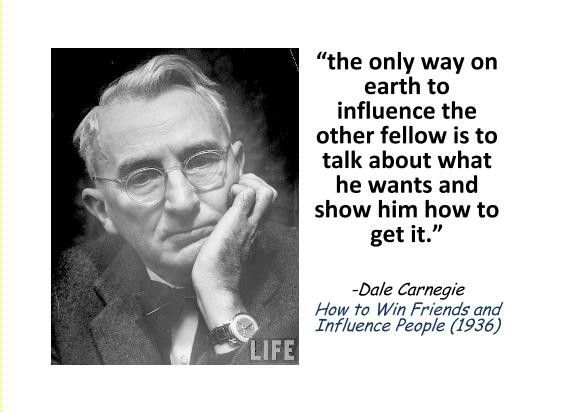LIFE Leadership Story
LIFE Leadership is an ongoing story. Each person who joins the LIFE community chooses which part, whether large or small, he or she will play. What happens when a world-renowned best-selling author is introduced to LIFE and begins studying the history of this movement? The short answer is a compelling story of hopes, dreams, struggles, failures, perseverance, and finally victory. Thankfully, he has decided to write up the story of LIFE. In my opinion, it is great timing because never before has a LeaderShift been more needed than now. Indeed, this is exactly what the LIFE community intends to do – create a leadershift! Here is a portion of the introduction in his upcoming book about LIFE. What part will you play in the story?
Sincerely
Orrin Woodward

LIFE Business Major Convention
LIFE Leadership Introduction
The fate of free enterprise is very much in doubt. By the first decade of the 21st Century, critics of free enterprise and modern democratic freedom had convinced many people that free enterprise is an outdated system, one that cares more about corporate profits than economic opportunity for everyone.
This problem was the result of a split between two approaches to free enterprise, the traditional type of freedom based on the cooperation of idealists and realists to share profits so everyone has the chance to succeed financially, versus a more cutthroat corporatist emphasis on what we might call “Skeptical Pragmatism,” or doing whatever is deemed most profitable regardless of who it hurts, and keeping most of the profits for a few elites.
In the midst of this growing divide, it was perhaps inevitable that new companies would arise to challenge the shift toward corporatism, and to once again champion traditional free enterprise. It is against this backdrop that the story of the LIFE business began.
It is a story set in a business world created by the likes of Jack Welch, Sam Walton, Bill Gates and Steve Jobs. I will state my almost preposterous thesis here and now, as controversial as it may seem: Had history developed just slightly differently, the other names on this list would be those who created and expanded network marketing.
Indeed, network marketing should have been as big as WalMart. It would have been, except too many people at the top asked themselves, “Why would we only take a 10% profit when we could take 30%?”
The story of the LIFE business is the exact opposite. The top leaders asked, “Why would we take 30% of the profit when we could earn 10% and pass the rest to others in the business?”
Why would anyone do this? Did they miss the memo? Did they skip the unofficial lessons of many prestigious business schools?
Did they misunderstand capitalism? Or were they just less experienced, ambitious or visionary than their competitors on Wall Street?
This is the story of a company that dared to do it differently, to apply Sam Walton-like thinking to network marketing. Moreover, instead of soap, health drinks or other typical network marketing products, this is the story of a company that chose to build its central product line around the most American of exports—leadership.
This is not a story of perfect men or women, or a feel-good tale of continual success without major difficulties. Far from it. This is a story of men and women, ordinary individuals who faced extraordinary challenges with hard work, resilience, and, above all, persistence.
It is a story of people who believed in an idea, and who refused to let it go—even when it almost cost them everything. It is a story of a few men and women who would not bend to the “normal” business trends that created elitism and corporatism in the modern economy. Some may say it is a story of courage, while others might argue that more “sophisticated” businessmen wouldn’t have so stubbornly held to their ideals and risked it all.
But whatever else it is, this is a story about families, friendships, and principles. In a way, it would more naturally fit into the storylines of past centuries, where leaders were expected to stand up, stand out, take on the establishment and blaze new trails based on firmly-held beliefs. In our modern world of political correctness, group therapy, management by committee, and the drive to “fit in” and pursue popularity at all costs, the concept of standing up against the system because “it’s the right thing to do” may seem amusingly archaic to some people.
Yet that is exactly how LIFE came about. This is the story of a leader, indeed of a team of leaders, who set out to build a widespread community of leaders. And while such a story may feel anachronistic in the 21st Century, it may just be the type of story that will redeem this generation.
Could it be that the “success bias” of our modern world is desperately in need of what Stephen Covey called “the character ethic?” Do we live in a world where the most important leadership principle is a desperately-needed acknowledgement that character counts? If so, the story of the LIFE business is a story for our times.
It is a story unfinished, however. The more time I spent interviewing the main characters, researching and studying the events, documents and details of this story, the more I felt that writing this story was like writing about Sam Walton in the 1960s, before WalMart was a worldwide phenomenon. While the future of LIFE remains to be seen, the unique beginning of this business is a story worth telling in its own right. To paraphrase Santayana, the future remains in the future, and the best we can do is learn (hopefully) from the past.
Whatever your business or career, your level of education or status in society, the story of the LIFE business is a case study of what can happen when an ancient set of leadership principles (based on idealism, frugality, hard work and integrity) are applied in a modern business environment dominated by pragmatism. Every modern leader struggles with this very challenge, and this story is therefore deeply relevant for today’s leaders in every sector and field.












